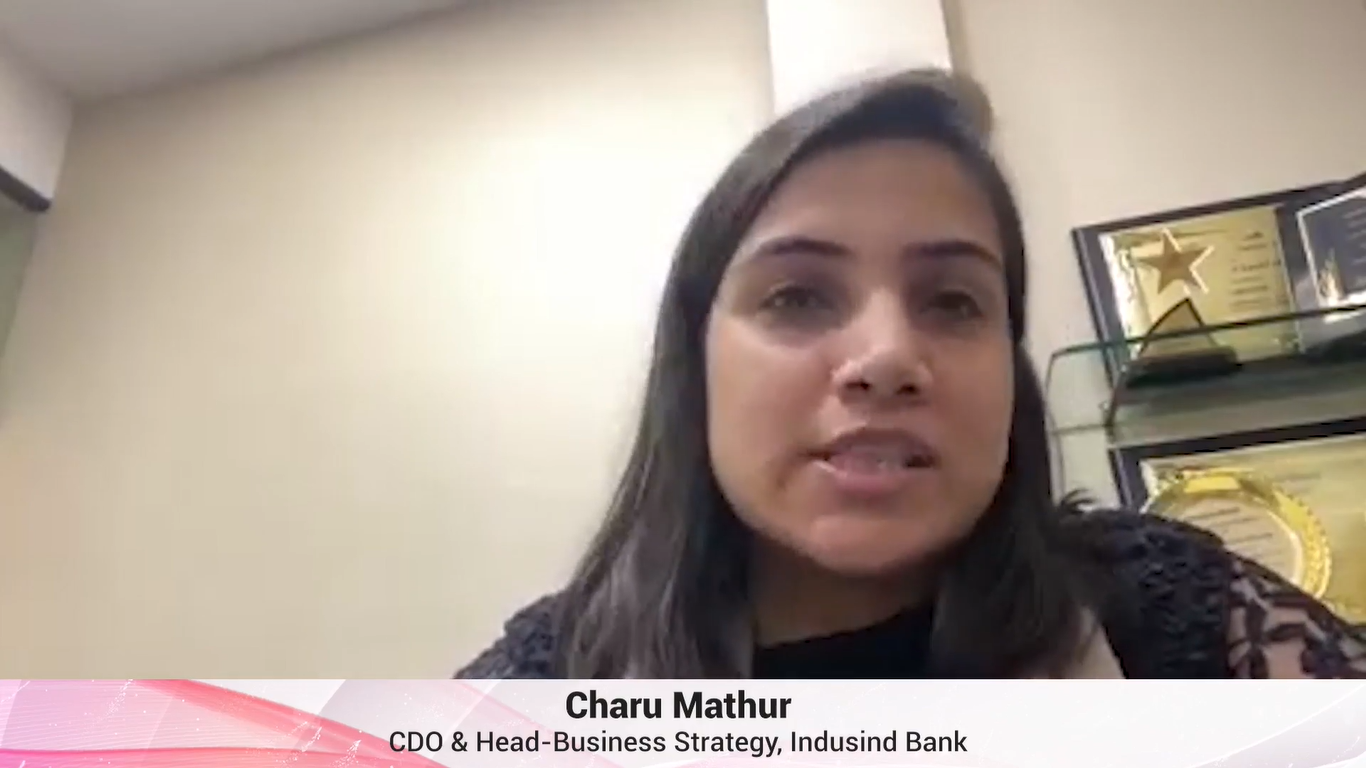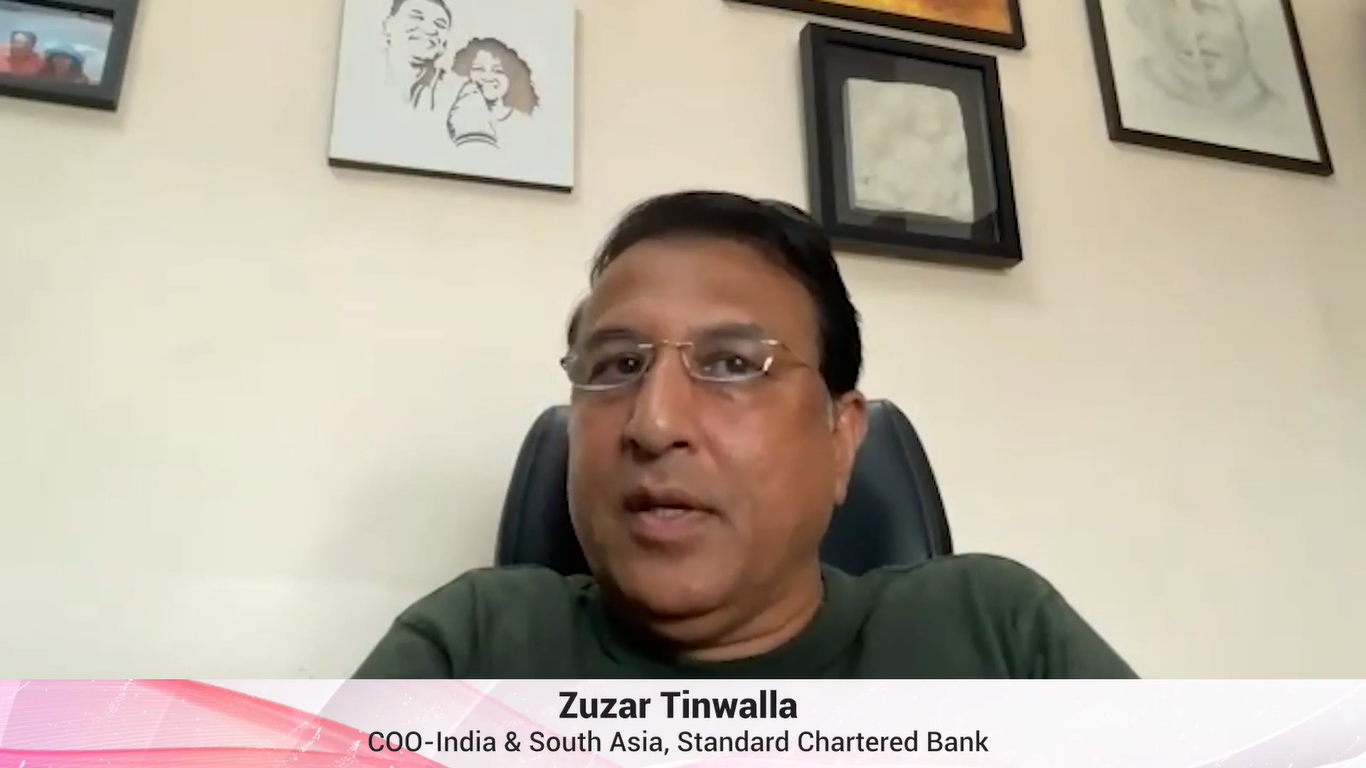Bank branch addition drops 82% in FY21; bankers bet on phygital model, BFSI News, ET BFSI
[ad_1]
Read More/Less
Banks added only 1,383 branches in FY2021 as against 7,728 branches in FY2020.
As of March-end 2021, the network of offices of scheduled commercial banks increased to 1,54,485 from 1,53,102 as against a year ago, as per RBI data.
The consolidation of banks into five large banks too led to a drop in the number of branches as banks went for right sizing of operations following the amalgamation of several PSBs.
Phygital model
Even as there is a surge in adoption of digital banking, physical branches will continue to be relevant as a large percentage of customers are more comfortable doing transactions at branches, according to bankers.
Banks should make efforts in educating customers about various aspects of digital banking so that they can conveniently use these channels.
“I think branches, as a mode or a channel, will not be totally discounted. There is still a significant population who will be more comfortable in one-to-one dealings rather than only digital.
“Therefore, this world of physical plus digital or phygital will be the way forward,” State Bank of India Managing Director Ashwini K Tiwari said at ETBFSI Converge.
City Union Bank Managing Director and CEO N Kamakodi said that though the older generations are much comfortable with the manual banking channel, many of them are now trying to use the digital channel also.
“Around 90 per cent of the banking transactions in India have now started moving into the non-branch channel such as internet banking, mobile banking or ATM. The number of transactions happening at the branches are in single digit,” he said.
Business correspondent growth
The business correspondent outlets of public sector banks in villages have shrunk during 2016 and 2020 while private banks have shown positive growth.
“PSBs dominated the number of BC outlets in villages, but during the review period, on account of consolidation, their BC outlets showed negative growth,” according to an RBI study said.
PSBs’ share in BC village outlets has dropped marginally to 57 per cent in 2020 from 60 per cent in 2016.
The growth in BC outlets in villages was also negative for regional rural banks.
The share of PSBs in BC outlets in rural areas has remained consistently above 60% over the years, being the highest among the bank groups.
Private banks shine
As PSBs continued to maintain their hold, PVBs too registered a higher growth in both access and usage indicators during the review period. There was a growth in BC outlets in villages for PVBs with the growth being significantly high for the north-eastern, eastern and central regions, surpassing the growth of PSBs and RRBs together.
PVBs also significantly improved their tally of urban BC outlets during the five years with their share growing from 77 per cent in 2016 to 97 per cent in 2020. On similar lines, contribution of PVBs in the total number of BC agents too grew exponentially from 37 per cent in 2016 to 80 per cent in 2020.
The BC model grows
“From being an alternate delivery model, the BC model is emerging as the predominant delivery model. While the growth in number of rural branches remained subdued during the review period, there was a significant growth in BC outlets in both villages and urban pockets providing formal financial services at the doorstep of large number of unserved/underserved population,” the study said.
The study noted that about 56 per cent of total Basic Savings Bank Deposit Accounts (BSBDAs) and 65 per cent of General Credit Cards (GCCs) were channelled through BCs. While BCs of public sector banks (PSBs) dominated the deposit space, private sector banks (PVBs) accounted for a major share in GCCs through BCs.
During the review period, the total transactions routed through BC outlets increased considerably both in terms of volume as well as value, it said.
[ad_2]

